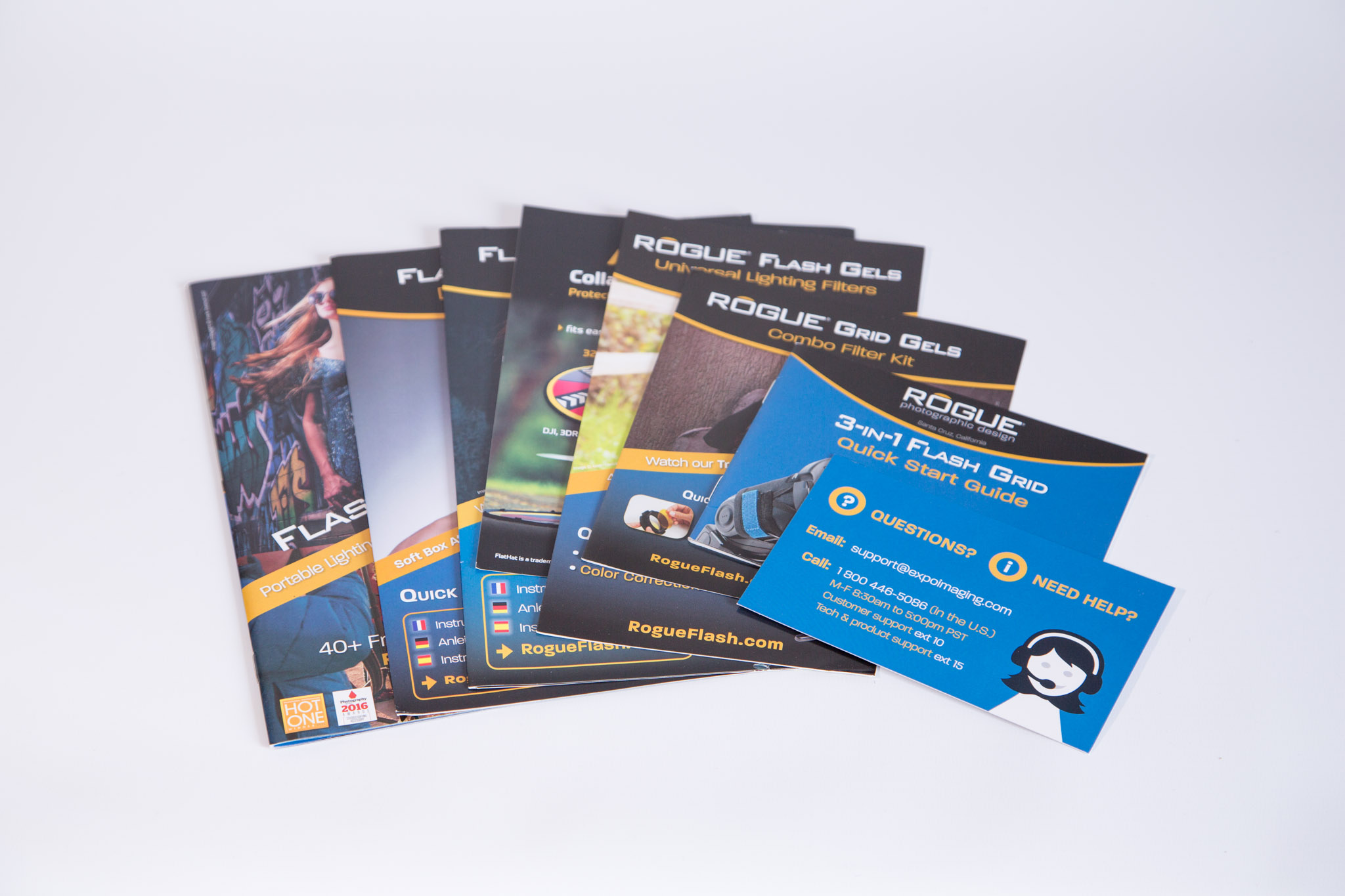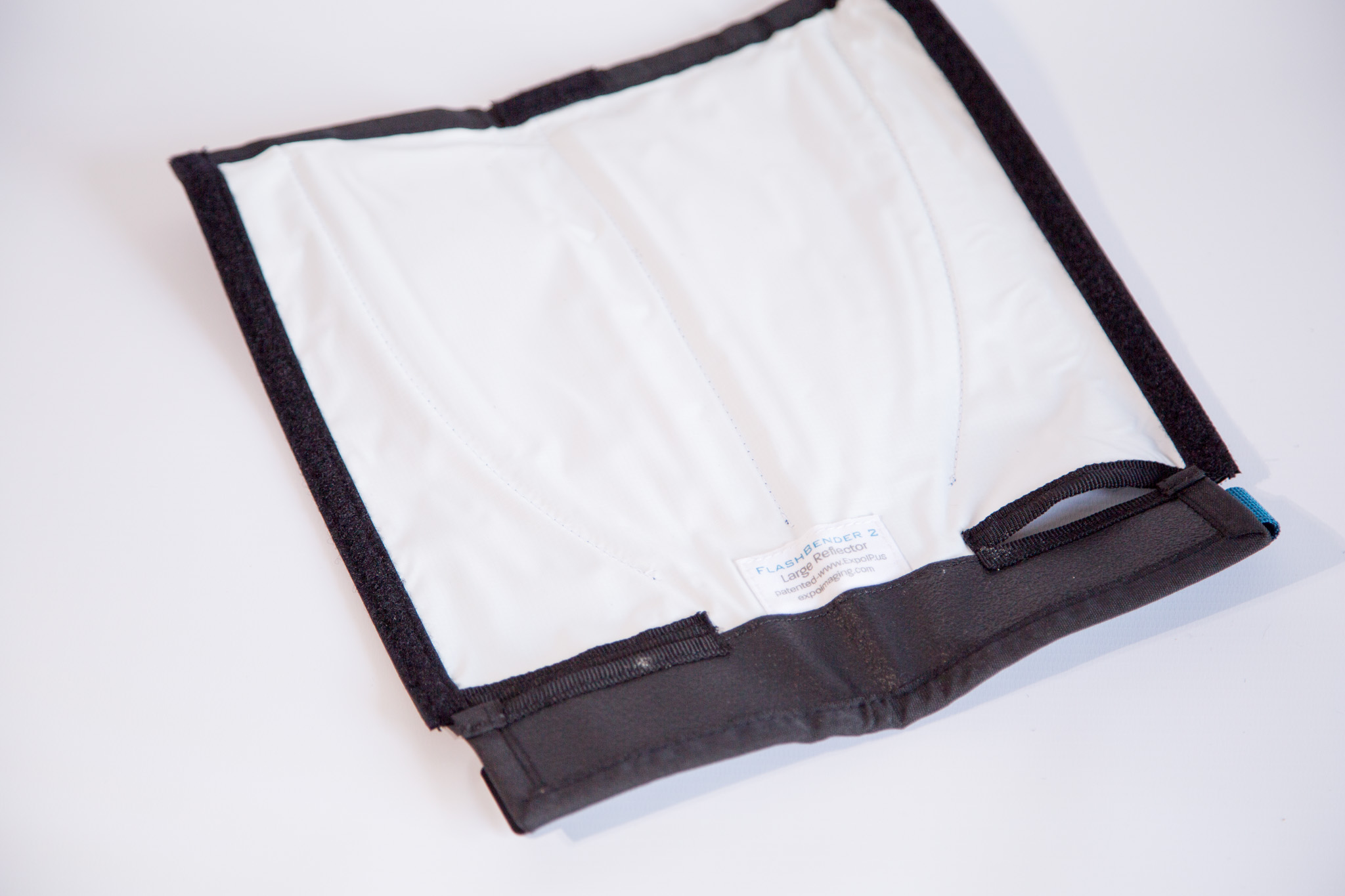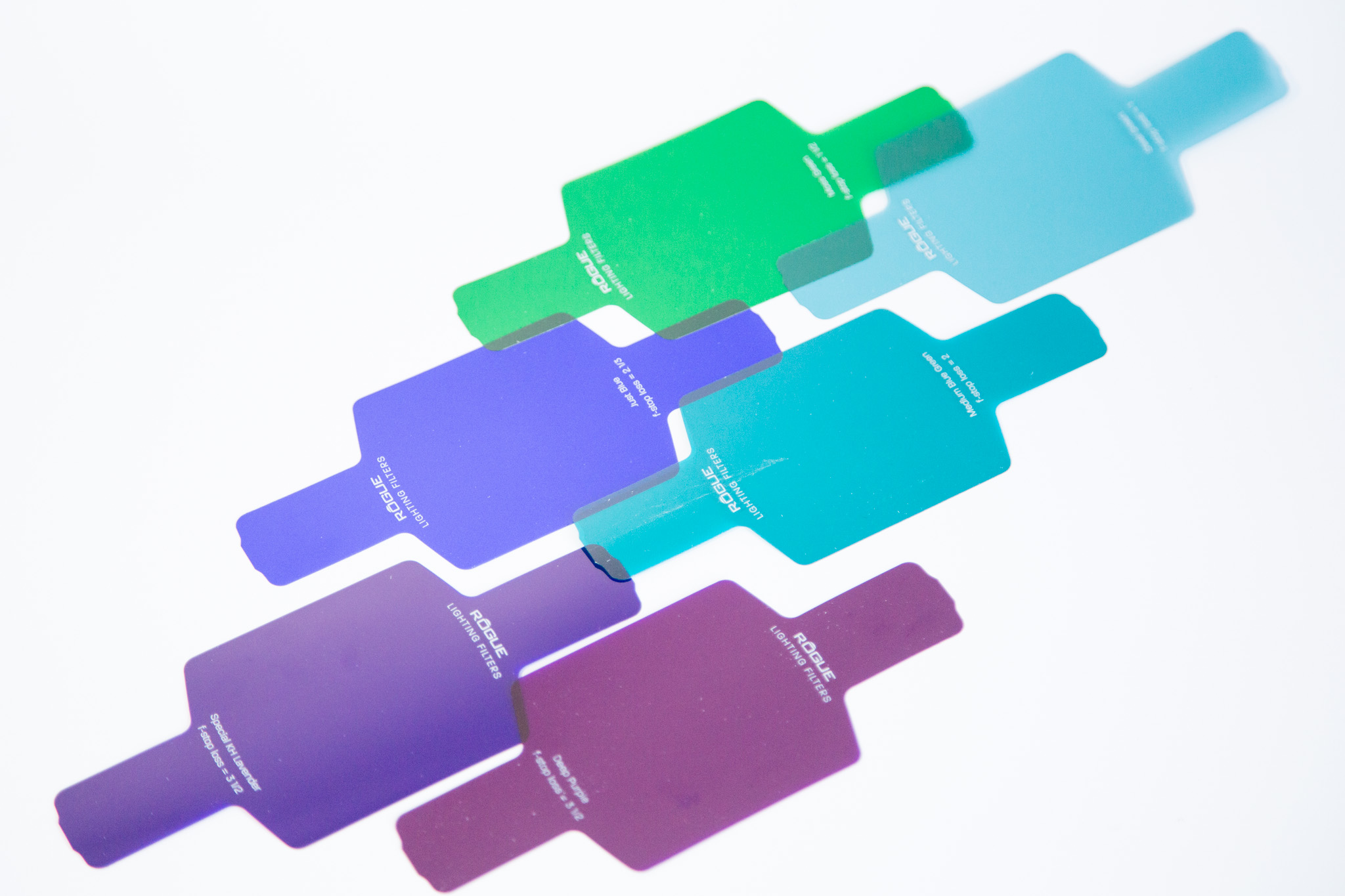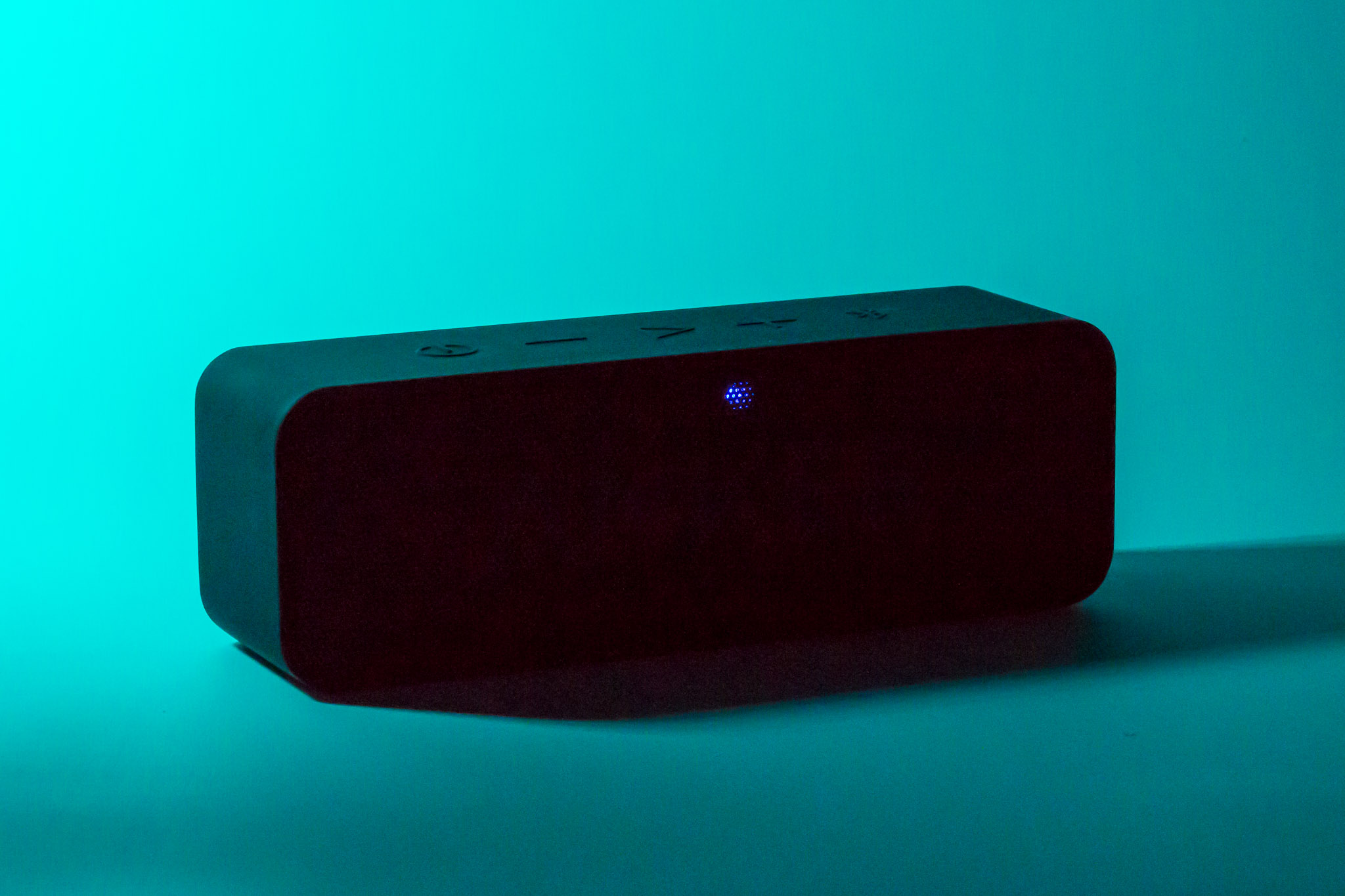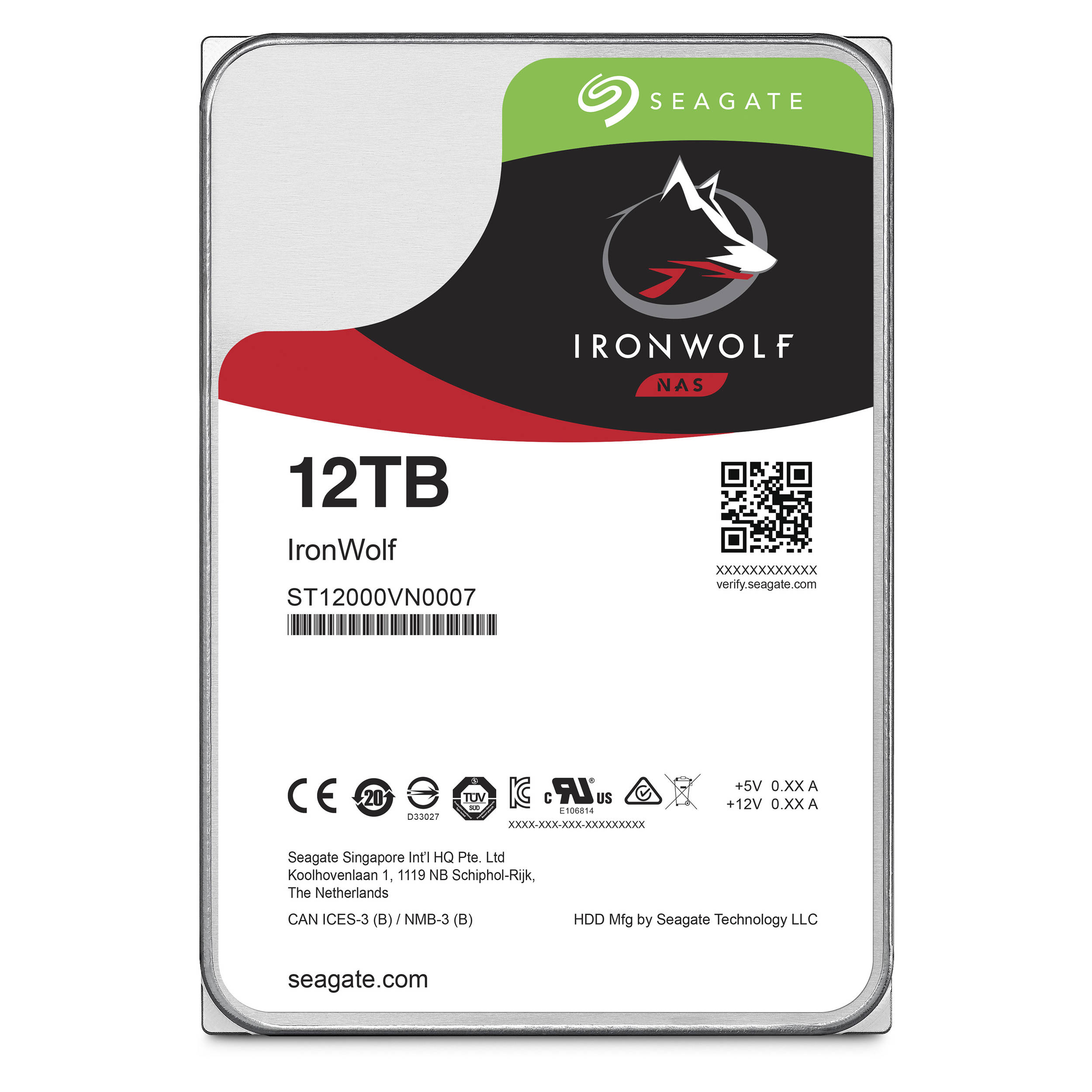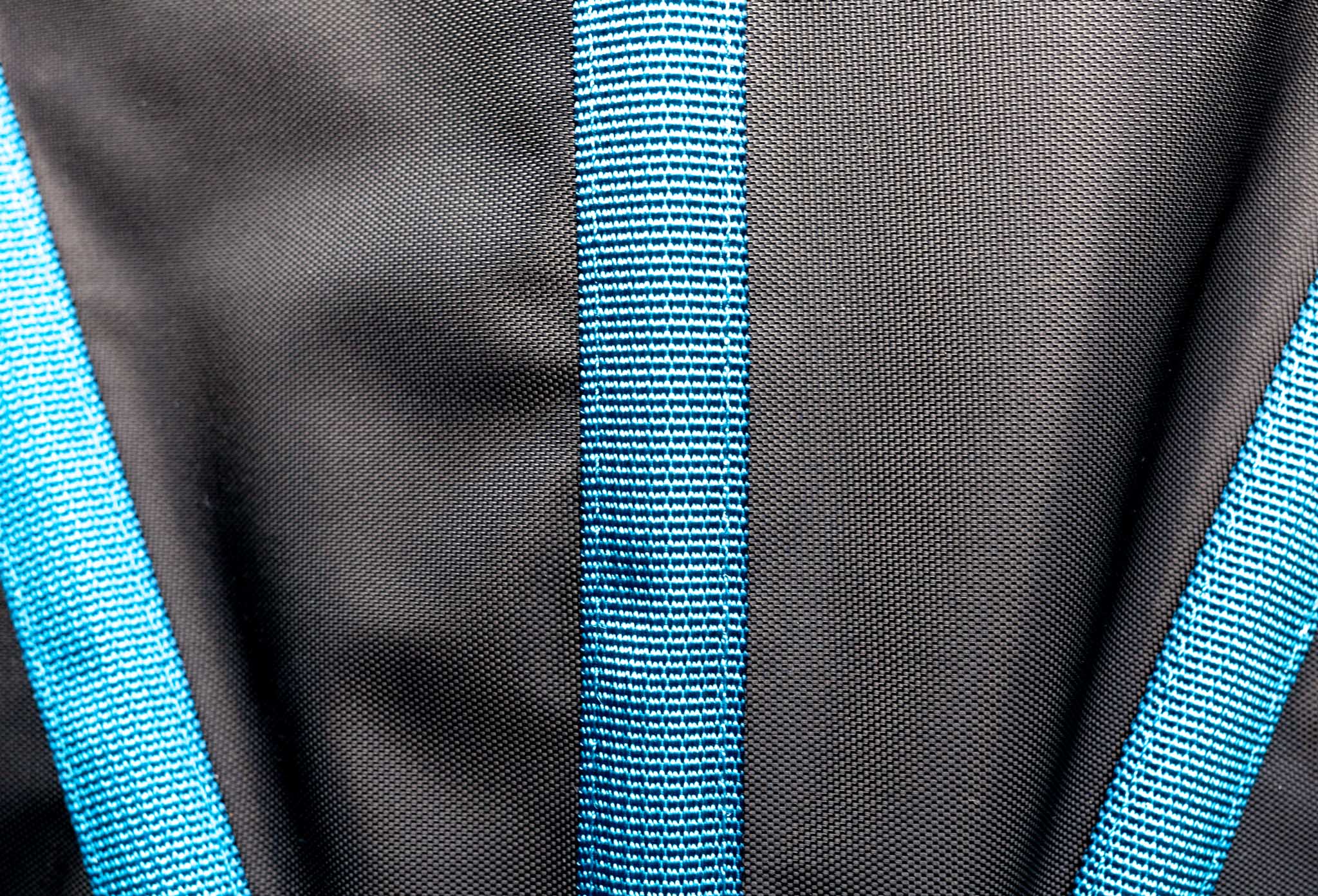REVIEW: Rogue FlashBender 2 Portable Lighting Kit
The absolute most fundamental part of Photography is light. Put incredibly simple, Photography is just capturing light. However, sometimes (well, all the most of the time) it doesn't want to play ball. It can be too dark, going in the wrong direction, not the right colour temperature. So what if we were able to manipulate the light we use and take back control? Well the Rogue FlashBender 2 Portable lighting Kit allows us to do exactly that, take back control of the light and get our desired look and feel for our images.
Now obviously, flash photography has been around for decades and pretty much as soon as flash was invented, people started to manipulate the flash by 'modifying' the light source either by using methods of partially obstructing the light or systems to alter the colour and feel of it. Fast forward many, many years and this kind of manipulation of light is common place and done by many of those working with flash. The FlashBender 2 kit builds on the popularity of it's predecessor (Read my review of the FlashBender 2 XL HERE)and goes a long way to empower flash photographers with an arsenal of new modifiers and notably, coloured gels - but more about those later.
The kit is designed for those using Speedlites - portable flash guns that are far quicker and easier to set up and use than large studio lights. Just like Speedlites, the FlashBender 2 kit is very simple to use and portable enough that you can practically carry it with you all of the time, adding very little weight to your portable setup. The kit consists of:
FlashBender Large Reflector
FlashBender Small Reflector
FlashBender 3-in-1 Grid
Large Diffusion Panel
Small Diffusion Panel
Rogue Grid Gels Combo Filter Kit (20 Colours)
Rogue Flash Gels Filter Kit (20 Colours)
Travel Bag.
As mention, the travel bag takes up very little room and if you are selective over what parts of the kit you take with you, you will barely notice any additional weight. The reflectors and diffusion panels all fold down so are easily transportable and the gels will slide nicely into a supplied filter pouch, to keep them safe. Rogue have really thought of everything with this kit and have conveniently supplied a few rubber attachment rings to secure the gels to the Speedlite or modifier and even provide some pretty comprehensive literature for advice on how to use the kit - definetly a bonus for those new to modifiying light sources.
Using the modifiers couldn't be simpler. The modifiers attach by a belt that wraps around the light and secures via velcro. The high quality, yet ultra-lightweight materials mean you're never battling with additional weight and although the larger diffusion panel is a fair size, they are all easy to handle without feeling cumbersome. For those using off-camera flash, in windy conditions it is always advisable to weigh your light and stand down, but just be conscious that it may catch the wind slightly easier. The bendable inner poles allow you to manipulate the panel to direct the light as you desire. This is a particularly useful feature when attempting to isolate a subject from a background as the panel can effectively be used as a snoot to direct the light onto your subject. Before you know if, you'll be exploring the possibilities of directing light and adding a crucial new element to your photography.
Having a range of differing sized reflectors is also a bonus, as in certain situations, the smaller panels may be a better option. Bouncing the light also allows you to difuse the harshness of the light source and although many Speedlites allow you to alter the intensity of the light, being able to 'bounce' the light allows you to soften the effect of it, giving a much more pleasing look.
Using the Kit
I decided I wanted to put the kit through it's paces and decided to do a very quick, improvised product shoot at a friends house. We grabbed his wireless speaker and and through a sheet of white paper up as a backdrop. We set a couple of lights up and set about seeing how interesting we could make the shots. We got a base exposure just using the lights and then broke out the gels. I was immediately impressed by how simple they were to attach to the lights and even though it's advisable to be careful with them, they don't feel like they are going to rip or tear while you are using them, which is reassuring.
It was great having a range of colours to use and I can certainly see the benefit of using gels to balance colour tempratures in certain situations. However, we wanted to experiment a little and found that the teal and purple gels gave a really interesting look. There is no doubt that with more time and a little patience, you could get some really astounding results. However, what most impressed me was the portability and the speed to set up the kit. It really is designed to be portable and could really help bring your creative side out.
Conclusion
At around £165, the kit is an investment but one that should cover all of your flash modification needs for many years to come. The build quality is excellent and the thought and care taken by Rogue to supply everything you could need to get you going is fantastic. The kit is an excellent addition to any photographers gear bag and for those looking to unleash their creative side and take back control of their lighting conditions, well you need look no further.
For more details and how to purchase, please click HERE (not affiliated).
Choosing the right Hard Drives - Seagate Ironwolf 12tb NAS drives
As a photographer, there are parts of my setup that I could not tell you how they work, I just know (and most of the time ‘hope’ with all fingers & toes crossed!) that they do ‘just work’. Hard drives are very much in the ‘close my eyes and ‘hope’ they work category. However, when I setup my new ‘Network Attached Storage’ (NAS for short), I knew that I had to do a little more research as standard hard drives simply wouldn’t cut it.
So first things first, what is a NAS and what planet do they come from?? Very, very simply put, NAS is just a way of attempting to protect your data against loss from hard disk failure by copying data across multiple disks. The premise being that if one disk fails, the data is either ‘mirrored’ on another disk or by using some extremely complex computer wizardry, re-built by the other disks, restoring the data lost from the failed disk. The difference in how your data is protected depends on what ‘RAID’ setup you choose. RAID, or Redundant Array of Independent Disks as it’s catchily titled) can be a bit difficult to get your head around at first, so I’ll save the complex stuff for another blog post.
So why do you need different drives with NAS? The first and main difference is that in general, NAS requires higher capacity drives as you are essentially storing ‘all’ of your data and depending on your RAID setup, this will commonly require multiple drives. I chose the simplest option of RAID 1 - which means that data will be mirrored from one disk to another, meaning I would need two disks of equal capacity. However, before diving straight in and buying the largest drives you can find, it’s always worth doing a little prep work.
I started by looking at exactly ‘what’ I wanted to protect. I use two seperate computers, a Macbook Pro for the majority of my day-to-day work and a PC for bulkier editing and long-term storage. Fortunately, most NAS setups will allow you to store data from different platforms. Next I looked at the most important things that needed protecting. Well, quite simply it is my image library - which comprises of some 70,000 photos and you can throw around 50 video projects on top of that. Finally, there were some day-to-day documents relating to my business and a handful of ‘holiday snaps’ and things that I would like protecting. All of this data soon added up and I knew that I was looking at disks in the Terabytes!
The next thing to consider is the performance of the disks. With my NAS setup (which I will cover in an additional blog post) I knew that I wouldn’t be editing directly from the storage device. I would be saving new images to my MacBooks internal SSD - editing what I needed, exporting client photos to DropBox and then moving the completed projects to an ‘Archive’ - which in this case would be the NAS. This meant that I could reduce the files held on my ‘working’ computer and add an element of protection by storing the files (& Lightroom catalog) on the NAS. I also knew that I would need to access that data 24 hours a day - so the NAS would always be on - additional strain on the required hard drives.
Taking all this into account, I knew that I had to choose ‘NAS’ rated drives. These drives are design for much longer run times and have more protection against vibrations, reducing the risk of mechanical failure. As I did my research, I kept coming across Seagate, who certainly have a great reputation in this market and in particular, their ‘Ironwolf’ range of disks. Apart from having a really cool name, these disks also looked like they packed a decent punch, with excellent benchmarking results for both read & write performance and power management - which were all concerns I had about choosing the right disks.
The next big question was ‘what size disks?’ - when it comes to size, it’s a bit of a personal question and I always believe bigger is better. However, in this case, it was completely justified. I knew that I had around 6tb of essential data that I needed protecting. Considering that doing photo and video work, I will be adding around 2tb a year minimum, I needed to find disks large enough to give me a couple of years worth of storage before having to upgrade. My options were becoming slim and I kept coming across the same answer, ‘Ironwolf 12tb’ - it looked like we have a winner.
QNAP TS-453-B NAS
Fast forward a few months and the disks are in the NAS and I am very pleased to say, performing as desired. These are not cheap hard drives, in fact they are very expensive, but you are getting a lot of ‘bang for your buck’ I could have also plumped for more, smaller drives, but choosing RAID and disks is quite a personal choice and this felt like the best setup for me at the time.
In conclusion, I am really impressed by these disks. They are a huge capacity and in terms of performance, they haven’t missed a beat. They are speedy enough to get quick access to your data and run quietly and efficiently. As stated at the beginning, this really isn’t my area of expertise but what I can say is that I feel comfortable leaving the hardware to do the hard work and live safe in the knowledge that my data has an added layer of protection against mechanical failure.
Check back soon as I will be writing a new post about how I manage my data and my workflow from start to finish.
For more information about Seagate Drives, click HERE
REVIEW: BenQ SW271 - 27" IPS LED Monitor - 4K UltraHD
Professional and Amateur photographers alike are aware of the importance of accurate colours in your images. Whether it's print or on screen, the colours need to be exactly how we wish to portray them and the only way to achieve this is by starting with a good quality monitor. Fortunately, BenQ has been producing some outstanding monitors in recent years and giving the big boys a run for their money! So how would the SW271 stack up? Keep reading to find out...
The SW271 is a 27 inch, 16:9 (3840x2169 pixels), 4K UHD monitor packing some seriously high-end features, such as:
99% Adobe RGB Colour Space with IPS technology
27 Inch 4K UHS resolution
High Dynamic Range (HDR)
Hardware Calibration with Palette Master Element Software
USB-C™ for transmitting data and video signal with one cable
10 Bit colour depth (If using HDMI 2.0/DisplayPort & an appropriate GPU)
Hot key puck
Built in Colour Calibration
Shade Supplied
Build Quality, Size & Connectivity
As a user of the SW271's big brother, the SW320 - I'm well aware that for many rooms, the SW320 can be a bit 'too' bulky, it's certainly no shrinking violet. So I was pleased to see that the SW271 keeps BenQ's simple yet stylish design theme but with slimmer bezels and a more lightweight and maneuverable feel than it's hefty relative. The matte grey plastic feels good quality and the metal stand articulates well and feels lightweight to move, but reassuringly sturdy.
BenQ clearly put a lot of thought into their design and even though it may not have some of the gimmicks of other monitors such as flashy LED's, BenQ manage to make an attractively minimalist monitor without it looking boring. Furthermore, it feels like a quality product and worth the cost as even simple things like the quality of the buttons, with their satisfying 'click' when pressed, that remind you that this is not a cheap product.
The SW271 fills a very nice hole in the size range, meeting the ever important 4k demands with a beautifully clear screen that is more than capable of giving editing software such as Lightroom, Photoshop, and Final Cut some much-needed breathing space. The 27inch panel can easily be flipped into a vertical orientation and the need cable tidy aperture on the stand keeps everything where it needs to be.
Talking of cables, connectivity should not be an issue with the SW271 with two HDMI 2.0 ports, a DisplayPort input, two USB Gen1 Ports and a USB XXXXXXXXXXXXXXXX
Performance
So the big question, is how does it perform? Well straight out of the box, this thing is a beast. BenQ calibrates all of their high-end monitors in the factory and for added reassurance, you get a calibration report in the box, boasting some very impressive figures. The 4k UHD is clearly targetted at those who require attention to fine detail either when viewing and editing photos or video. The monitor certainly delivers on that front and clean and crisp with good contrast. The 27-inch size makes it a pleasure to work on and gives you plenty of space on the screen to make sure that editing tools are not eating into valuable display space.
Colour accuracy is superb and with hardware calibration, achieving accurate colours is a breeze. Moving between colour spaces (RGB, AdobeRGB, black & white, Rec. 709, DICOM, DCI-P3, or HDR10) is a doddle with the 'Hot Key Puck' (which is just one of BenQ's really well thought out features) or the really easily navagated menu system. The supplied shade and really usable connectivity show that BenQ understand the needs of photo and video editors.
Conclusion
Straight out of the box, the SW271 is clearly a high-end product, built with Photographers & Videographers clearly in mind. The build quality is excellent and feels like a reassuringly sturdy monitor, without being too 'heavy' looking thanks to the thin bezels and clean design. It is feature rich and added bonuses such as the supplied shade, SD Card reader and BenQ's clever 'Hot Key Puck' should not be overlooked. It also ships with all the necessary leads and cables to get you started, straight out of the box.
Most importantly though, it packs a punch, providing the kind of quality that I have come to expect from it's bigger (and pricier) brother, the SW320. The 4k is certainly welcome and can be a real benefit for photo editing but it really comes into its own when video editing. More importantly, the wide colour gamut and Hardware calibration go a long way in terms of giving you confidence in your colour reproduction (though it is still necessary to regularly calibrate your monitor/printer etc. to ensure accuracy). Details look great on this monitor and I never found any of the darker colours to look muddy and gives you confidence in your editing.
There is no getting away from the fact that the monitor cannot be classed as 'budget friendly'. However, compared to similarly specced monitors, it actually starts to look like a great option. The sheer size is great to work with and will definitely benefit those that need to focus on finer details. One minor downside is the lack of a powered USB-C that would be a nice touch. However, additions such as the Hot Key Puck and the supplied shade, show you that BenQ mean business and have put a lot of thought into their target market. All in all, it's a great monitor and should be on the consideration list for any Pro/Amateur togs & videographers out there.
For more information about the monitor and how to purchase (not affiliated) please click HERE
WATCH THE REVIEW BELOW:
Introduction to NAS & The QNAP TS-453-B
All Photographers and videographers should be taking how and where they store their data very seriously! By now, you will probably have heard of Network Attached Storage or NAS for short. In this video I will give you a quick introduction to NAS and an unboxing and look at the features of the QNAP TS-453 B - a high quality and feature rich unit which on this occasion had been filled with the Seagate Ironwolf drives.
Very soon I will be doing a video series of videos on RAID, Storage and workflow but for now, take a look around the QNAP in the video below:
REVIEW: Rogue FlashBender 2 XL Pro Lighting System
Photography is quite a simple thing really. It all boils down to understanding and controlling light. Obviously, it can be quite difficult to control natural light, but when it comes to artificial or studio lighting, you can get really creative. This is where products like the Rogue FlashBender 2 XL Pro Lighting System become the photographers best friend!
The kit is basically a Speedlite modifier, but to call it 'basic' really does not do this product justice. The ingenious design allows you to carry a range of light modifying tools all in a stylish pouch that could fit comfortably in most photography bags, taking up about the same amount of space as a 200mm lens. The kit contains the reflector, softbox and strip grid that can be combined in multiple ways. The build quality is excellent and even after a few minutes of handling it, you know it's a quality product.
For those new to light modifiers, this kit allows you to modify and shape the light that comes out of your Speedlite. You can control the 'amount' of light emitted by the controls on the Speedlite or by using TTL (Through the Lens) but this does not allow you to control 'how' the light is dispersed. This is where the FlashBender comes in. The large reflector allows you to create a much large light source and softens the overall nature of the light, giving a more pleasing result. However, the reflector itself can be shaped (thanks to the internal metal ribs) into more of a cone shape or a cylindrical shape to allow you to focus the light on one spot.
The reflector itself attaches to your Speedlite via a belt that wraps around the top of your light and it's lightweight construction means that you will not be battling with weight. It is ideal for use with the Speedlite on a stand and even though the reflector is large, it never feels unruly and easy to manage. It's amazing portability makes it an ideal solution for location-based shoots where it may be impractical to use a traditional softbox. The portability was one of the main selling points for me as I found it ideal to just leave in my bag and grab whenever needed.
The kit also contains a very useful Softbox, which I found amazingly useful for product photography. Being able to diffuse the light makes a huge difference to the quality of images that you can produce. The FlashBender kit diffusion fabric gave a pleasing result and I even found myself getting quite experimental by using the fabric at a variety of distances from the light source to get different results. This is one of the real hidden beauties of this kit, the versatility of the products allows you to really experiment with your photography, knowing that you have complete control over the light.
Finally, the grid spot allows you to concentrate the light on a subject, whether it is diffused or not and is an ideal option for portrait photographers, looking to pick their subject out either in the studio or on location. The grid is flexible and folds down comfortably in the supplied pouch but is also incredibly quick to assemble, making use of the velcro system. It's great working in the knowledge that you have all the tools you may need to hand.
In conclusion, where it may be possible to get slightly better results with traditional softboxes etc. they are not always practical. This is where the FlashBender 2 XL Pro kit really comes into its own. I haven't seen another lighting modifier that can get such great results and be so portable. Having used a Godox head with a 95cm octagon and a C-stand for a while, I found myself reaching for a flashgun and the FlashBender kit more often than not purely because of the portability and knowing I could still get great results. At around £90, the kit is great value for money when you consider the world of options that it will open up for you!
Find out more at the Rogue website - HERE
REVIEW: VIDEO - Samsung Evo Plus Micro SD Card
I have been using this Micro SD card for a while now and have been really impressed. It literally is just a case of throwing it in your camera and living safely in the knowledge that it isn't going to fill up anytime soon! The write speeds are good enough that you're never going to worry too much about shooting in Burst mode etc. Great all-round card.
Learn more HERE
VIDEO: REVIEW - MIOPS Smart Trigger
This is a review of the MIOPS 'Smart' - a remote camera trigger that is exceptionally useful for a variety of photographic situations. Watch the review to get a full idea of all the possibilities. Check out the MIOPS website at: https://www.miops.com You can buy a MIOPS Smart here - https://goo.gl/uBXsPe (affiliated link) Don't forget to Like & Subscribe for more videos!
REVIEW - Benro TSLO8AN Tripod
The Benro TSL08AN is an affordable, lightweight, portable tripod that is a fantastic companion to any photographer’s gear. Whether you’re a travel, cityscape or landscape photographer, this tripod is small enough to fit on the side of almost any bags with a length of 51cm as well as not weighing your pack down at just 1.2 Kilograms it’s not much heavier than your average Full Frame DSLR with a lens!
With the tripod being folded to such a small size you’d think it would lack in quality, well think again. Fully extended the tripod offers a working height of 146cm which is the same as most other travel tripods. The legs can each lock into three different angled positions providing flexibility whilst shooting, the leg sections also use aluminium twist locks instead of the usual plastics that are found at this price point, this will provide durability to the locking mechanisms, twist locks are quick to set up and most importantly will ensure you can’t accidentally knock them loose during a shoot.
This tripod also includes four quite big features that are all hard to come across on one tripod at this price point. Firstly, the tripod has two bull’s eye spirit levels, one on the ball head and another on top of the spider legs frame so you can level both sections of the tripod for a level shot or panoramic shot. Working on from panoramic shots, the tripod also features degrees’ markings on the ball head to make your panoramic shots that bit easier.
At the bottom of the centre column is a hook, this is extremely useful because the tripod is extremely light and so anchoring it down with you bag allows you to get sharp images even with quite strong winds. (The tripods maximum carrying weight is 4 kilograms, due to the head, the legs can take a lot more, allowing you to add balast). Lastly, one of the best features I found when using this tripod was that you can invert the centre column by just unscrewing the hook, allowing you to get those super low shots still with the stability of a tripod.
This is a fantastic little tripod that has many great features packed into a small form factor travel tripod and the best thing about this tripod the Benro have produced is that there are two variants, Aluminium and Carbon Fibre both priced at £74.99 and £109.00 respectively; so if you wish to shed even more weight off of your gear then maybe the extra £34.01 might be worth it.
REVIEW: Samsung EVO Plus microSD Card
Good things come in small packages and they don't get much smaller than the new Samsung EVO Plus microSD. Storage makes up the cornerstone of any digital photographers workflow and it's no surprise that when it comes to memory cards, there are a lot of choices! The daddy of the lot (and my personal go-to-card) has always been the Sandisk Extreme Pro, with blisteringly fast speeds and great reliability, so could the Samsung stack up against the king?
Samsung certainly has a great reputation when it comes to storage, so I was keen to see what kind of a punch the little card packed and right out of the gate, I was stunned by the 128gb, which amazingly is only the 'middle' of the range, that includes a 32gb, 64gb and a whopping 256gb! That's a lot of storage to carry around and certainly gave me the peace of mind that I wasn't going to fill a card on a shoot.
The new range boasts extensive performance improvements, including the advanced NAND technology and UHS-1 read speeds of 100 MB/s - which is good! With speed class of '10' and grade of 'U3' - it is certainly a quick card! So data transfer, shooting in burst modes etc. are all very rapid. The all-important write speed is 90 MB/s - which certainly gives the Sandisk a run for its money!
Performance
In short, it's excellent! Having used the card for over a month, I basically forgot it was there. The huge amount of storage lets you shoot and shoot, the only real fear is remembering to occasionally take the images off the camera to edit! Even shooting RAW, the huge amount of storage lets you capture thousands of images before you even touch the sides of the huge capacity.
One of the biggest tests of a card like this is shooting in burst mode. The write speed of 90 MB/s is very close to what the Extreme Pro's achieve and I certainly didn't notice any difference between using the two cards. On a recent car shoot, where I was capturing 'panning' shots, the little SD card sucked up everything I threw at it and it didn't miss a beat.
Even more impressive than photo eating capabilities though are its video storage ability. The huge 128gb would allow you to soak up 6 hours of 4K UHD footage, 6 hours! The challenge there is finding something interesting enough to shoot for 6 hours! I regularly swapped the card from my 5D MKIII to my Sony RX100V and even my Mavic Pro and not once did it bulk at whatever was thrown at it.
Overall, the performance was excellent and to think that these things can be thrown into a smartphone, used as external storage for laptops/tablets etc. is crazy, all in a (genuinely) tiny package. Better yet, the cards all come with the microSD adapter, making transferring data to MAC's/PC's unbelievably easy (even if you have to use a dongle!) in particular when using USB3. I was more than happy with the overall performance and never once hit an issue, top draw stuff!
Conclusion
The card performed extremely well. Considering this card is around £79.00, I think it offers amazingly good value for money. As a mass-storage card, it works a treat and really takes a lot of pressure off your workflow. For anyone focussing on high volume storage, I really can't think of a better option.
So how did it compare to the daddy? Well, in short, very well! The Sandisk would possibly edge the EVO Plus in out-and-out performance. The Samsung will certainly be more than capable for 95% of users' needs. In addition, Samsung is possibly one of the world's best producers of storage, so you certainly are in safe hands!
REVIEW: Zeiss 18mm f2.8 Milvus Lens
It's not often that you get to work with a really prestigious brand and they end up being super cool with you. Normally there are all sorts of hoops to jump through and lots of emails backwards and forwards, so when I got the opportunity to work with Zeiss, possibly the wordls best manufacturers of camera lenses, it was a big 'yes' from me.
When the lens arrived, the first thing that struck me was the quality of the packaging. You are left in no doubt that you are dealing with a quality product. On first inspection of the lens itself, the metal body had a reassuring weight to it, though not too heavy, and the movement of the focus ring was like silk, so no concerns over build quality. This was further reinforced by the metal lens hood supplied with the lens. You wouldn't expect to have to fork out for a hood after spending so much on a lens, but seeing the time and effort gone into just the hood alone, let's you know that Zeiss aren't messing around.
I was using the Canon fit and couldn't wait to throw it on my 5D Mkiii and get out and play with it. Being a manual focus lens, I knew it would be a slightly different way of shooting than what I was use and it did indeed involve a little more patience and checking the images to ensure they were focused correctly. This was one of my main concerns about the lens but in truth, it actually allowed me to slow down and really take my time over the image, which made the whole process feel more like you were crafting an image, rather than the typical 'run and gun'. This was particularly pleasant as all too often we tend to rush images, without fully thinking them through. With that said, you can still throw the lens to 'infinity' and feel fairly comfortable that you will get a shot, for those more hurried moments.
My normal, go to lens is the Canon 24-105mm L - I love the versatility of it. However, it was clear that in almost every department, the 18mm Milvus was optically superior, as you would expect. It is always nice shooting with Prime lenses but the Milvus offered all-round incredible sharpness, barely any distortion and provide rich and vivid colours, making it ideal for landscapes. For shooting in the city, I was amazed at how it handled linear distortion and virtually no chromatic artefacts. Having the domed front element, it is easy to catch the light and create lens flare, but the provided hood does a great job of cutting that out. It does vignette a little, but I found that this actually was quite pleasing and could easily be removed in post if necessary.
At maximum aperture, f2.8, the lens is very sharp, only falling off very, very slightly at the corners. The bokeh produced was very pleasing though I would imagine most people will be shooting f5.6 upwards for landscape work. The lens is very bright and I found myself stopping down quite a bit, but I favoured the lens somewhere between f5.6-f8, where it was just exceptionally sharp. The 77mm thread on the front of the lens was also a hidden bonus as I already had an adapter for my LEE filter kit and throwing the two together was great fun. Shooting at 18mm means that it is easy to have a lot of negative space, be it sky or land, so using the filter to balance the exposure was a must in some situations but very simple with the Milvus.
So the quality is phenomenal, the output is exceptionally good, so what are the downsides? Well, the main sticking point for most people will, unfortunately, be the price. Coming in at £1500+, it's certainly not a budget option. With advancements being made by other manufacturers, it would be easy to rule out the Zeiss as simply too expensive. However, this is an amazing product. To use a car analogy, there are family saloons out there that will do 0-60 times as quick, if not quicker, than many 'supercars', but it is about how you use them and how they make you feel.
Which leads me on to the second sticking point. Being manual focus will undoubtedly put some people off. However, this is somewhat shortsighted. After a bit of practice, I barely noticed that it was a manual lens. Instead, I felt myself concentrating more on the image I was creating, rather than the lens itself. So should these points put you off? As long as you have deep enough pockets, then absolutely not, it is a truly great kens.
For more information, visit the Zeiss website at - www.zeiss.co.uk
Test images, shot by Jay Sidhu





